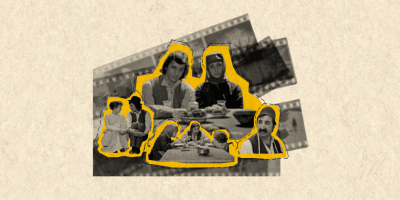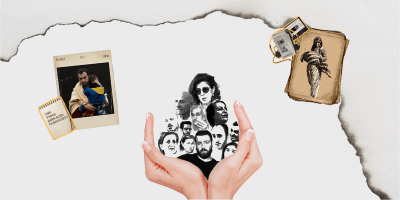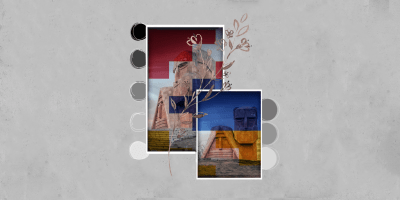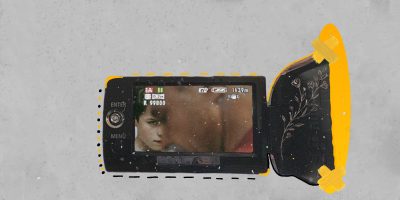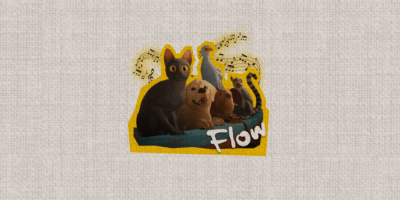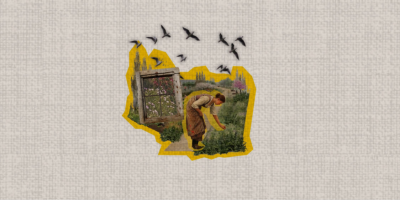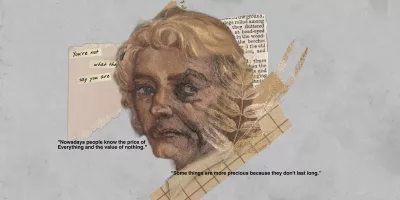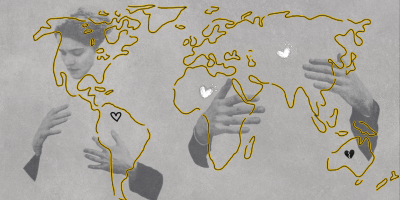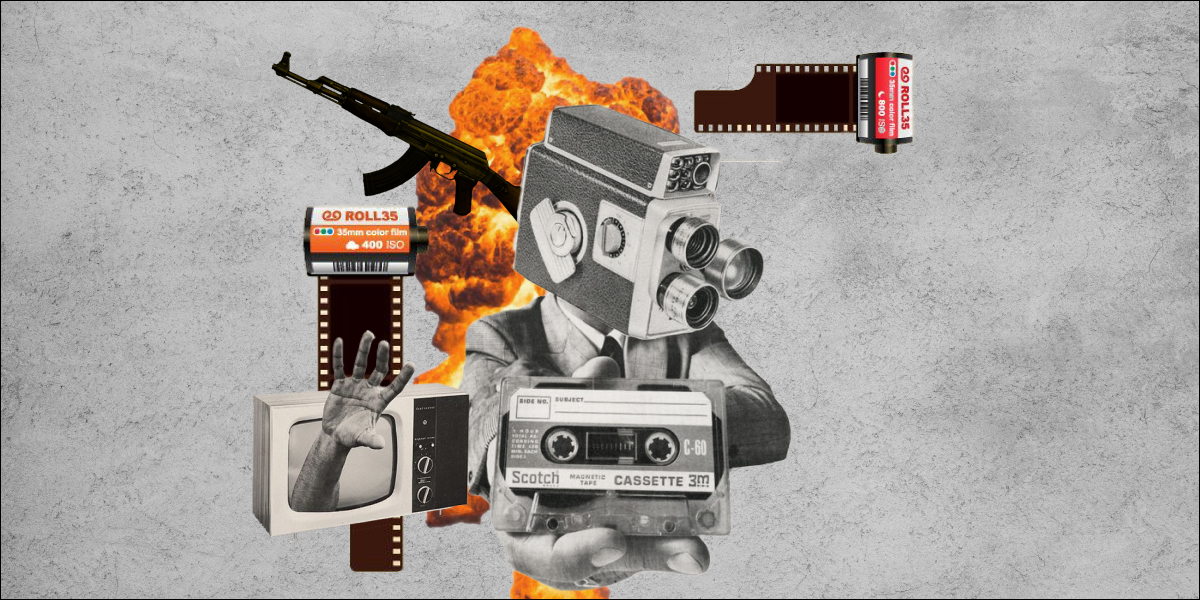
Dust Never Settled is a short documentary directed and filmed by an Armenian American filmmaker and journalist, Blue Kalamian, who sheds light on the untold stories of some of the victims of the 2020 Artsakh War– Armenian frontline servicemen and displaced families from Artsakh. The short film triggers a sympathetic response from the audience as it includes scenes in which young Armenian servicemen are severely injured and families affected by the forced evacuation temporarily live in safer areas.
This is Kalamian’s first documentary; although it is short, it tackles the numerous consequences of war in only 20 minutes. This short documentary informs not only local Armenians and the diaspora community but also a foreign audience regarding the situation of Armenians in the aftermath of the deadly war in Artsakh. It featured the stories of frontline soldiers, volunteer medical personnel, and families who were forced to evacuate their villages and cities due to an aggressive conflict for 44 days straight.
The setting takes place after the 2020 Artsakh War and begins to set a sympathetic tone for the film. The director commutes to various locations in his documentary, from a hospital and rehabilitation facility in Armenia to the border between Armenia and Artsakh and the living room of a displaced family. These are significant locations that have the most impact during and after the war. Additionally, the setting reflects on the realistic landscape and visual aspect of the situation; the audience gets to walk through the tragic conditions of these servicemen and their families from their screens.
The primary language of the short film is Armenian, yet each sentence is correctly translated into English to convey clearly. An interesting scene involves Kalamian asking only one injured soldier, out of all of the interviewed servicemen, to answer a given question in English; the young man uses impressive vocabulary and shows his good command of the English language, hence breaking the stereotype of Armenians being limited to speaking their native language and Russian.
The narrative arc is well-structured and easy to follow. It showcases a nonlinear yet comprehensive sequence of events. In less than half an hour, Kalamian presents powerful short scenes that can tell a thousand words. While they tell their stories, the soldiers’ verbal and nonverbal communication indicate strength, courage, honesty and relief. The brief footage of their recovery process makes the audience feel extreme sympathy for these young servicemen to endure such difficult experiences.
The scenes that include the displaced families and their feelings on the 44-day conflict also trigger an emotional response from the audience as they are exposed to war victims and the critical situation that they are placed in.
Kalamian shoots the documentary himself with his professional camera. He often holds it in an unstable manner to the extent that the screen shakes frequently. This is realistic as it reflects panic and havoc during the war. In a scene where he stops at the border entry to Artsakh, Kalamian secretly films the Russian peacekeepers and sets a suspenseful mood to the scene. Moreover, when a soldier tells the story of his injury, the director shows footage leaked by the Azeris that shows the lens of a drone attacking an Armenian military base. This scene intrigues the audience as the serviceman is able to recognize himself in that video before fires were shot at the target location.
Only a few scenes throughout the documentary include background sounds and a specific soundtrack. The suspenseful sound effects catch the audience’s attention to stay focused in specific moments. The soundtrack is relevant and suitable to the events that the documentary sheds a light on. For instance, it involves the Duduk, a traditional Armenian instrument that creates beautiful music yet sets a melancholic mood. The same mood is conveyed with calm Piano music.
Kalamian’s documentary is a significant and transparent piece of work as it reflects truthful narratives behind the aftermath of the 2020 Artsakh War. The film allows Armenian soldiers and families from Artsakh to transmit their untold stories and have a voice not only for themselves but also for victims who aren’t able to express themselves in such difficult situations. The time and effort invested into creating this piece pays off as more people become aware of the critical circumstances that Armenians endure until this day.

